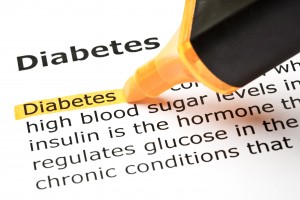 Cardiovascular Disease (CVD) includes all diseases which affect the heart and circulatory system, including coronary heart disease, heart attack, angina and stroke. This accounts for around a quarter of all UK deaths annually, approximately 160,000 deaths, with a further 7 million people in the UK estimated to be living with CVD1.
Cardiovascular Disease (CVD) includes all diseases which affect the heart and circulatory system, including coronary heart disease, heart attack, angina and stroke. This accounts for around a quarter of all UK deaths annually, approximately 160,000 deaths, with a further 7 million people in the UK estimated to be living with CVD1.
Causes
One of the most common causes of heart attack and stroke is atherosclerosis, a condition which occurs when arteries gradually narrow due to the build-up of plaque on artery walls. Over time this can cause heart attack or stroke depending on the arteries involved.
There are a number of risk factors for developing CVD, which include smoking, type 2 diabetes, being overweight or obese, an inactive lifestyle, high cholesterol, high blood pressure, gender and age. Family history of heart disease and ethnicity may also increase risk.
Prevention & Management
The most common recommendations for prevention and reduction of heart disease focus on maintaining a healthy lifestyle. This includes a healthy diet, plenty of physical activity, not smoking, limiting alcohol intake and maintaining a healthy weight.
Dietary recommendations include eating plenty of fruit and vegetables and reducing saturated fat intake, alongside general healthy eating – for more information see the eatwell guide.
Activity recommendations for adults advise at least 150 minutes of moderate intensity activity (of at least 10 minutes duration on each occasion). This roughly equates to 30 minutes of moderate intensity activity (equivalent to brisk walking or cycling) five days a week.
For further heart-healthy dietary advice, visit the British Nutrition Foundation’s heart health page.
Sugar and heart disease
Expert Committees2,3 have reviewed the evidence linking sugar consumption with heart disease and cardiovascular risk factors and have concluded that there is insufficient data to implicate sugars based on their effects on the risk factors for cardiovascular disease.
If you have any concerns about your health please consult your doctor.
References
1 British Heart Foundation (2015) - https://www.bhf.org.uk/research/heart-statistics (accessed 04/06/15)
2 European Food Safety Authority (2010) Scientific Opinion on Dietary Reference Values for carbohydrates and dietary fibre. EFSA Journal, 8, 1462.
3 Institute of Medicine (2005) Dietary reference intakes for energy, carbohydrate, fiber, fat, fatty acids, cholesterol, proteins, and amino acids, The National Academies Press, Washington DC.
 Many of us now live with a ‘lifestyle disease’ such as diabetes or cardiovascular disease, or know someone who does.
Many of us now live with a ‘lifestyle disease’ such as diabetes or cardiovascular disease, or know someone who does.





